$0.00
No products in the cart.
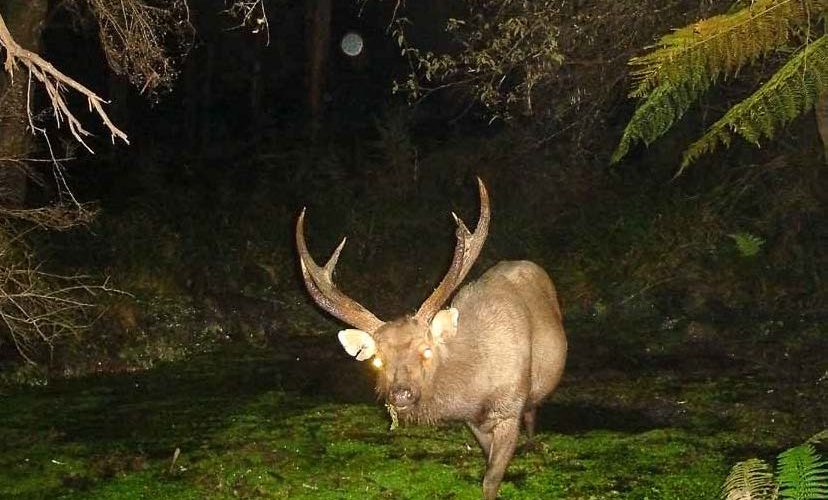
Prior to 1979 very little was known or documented about plants utilized by sambar deer in Australia. In the late1970’s the Australian Deer Association employed a game biologist, Mr Max Downes, to work on sambar deer. I was enlisted by ADA to assist Max, my role was to collect field data and identify food plants utilised by sambar deer. It was ground breaking work that lead to a greater understanding of sambar and a change in the thinking and basic knowledge of sambar hunters.
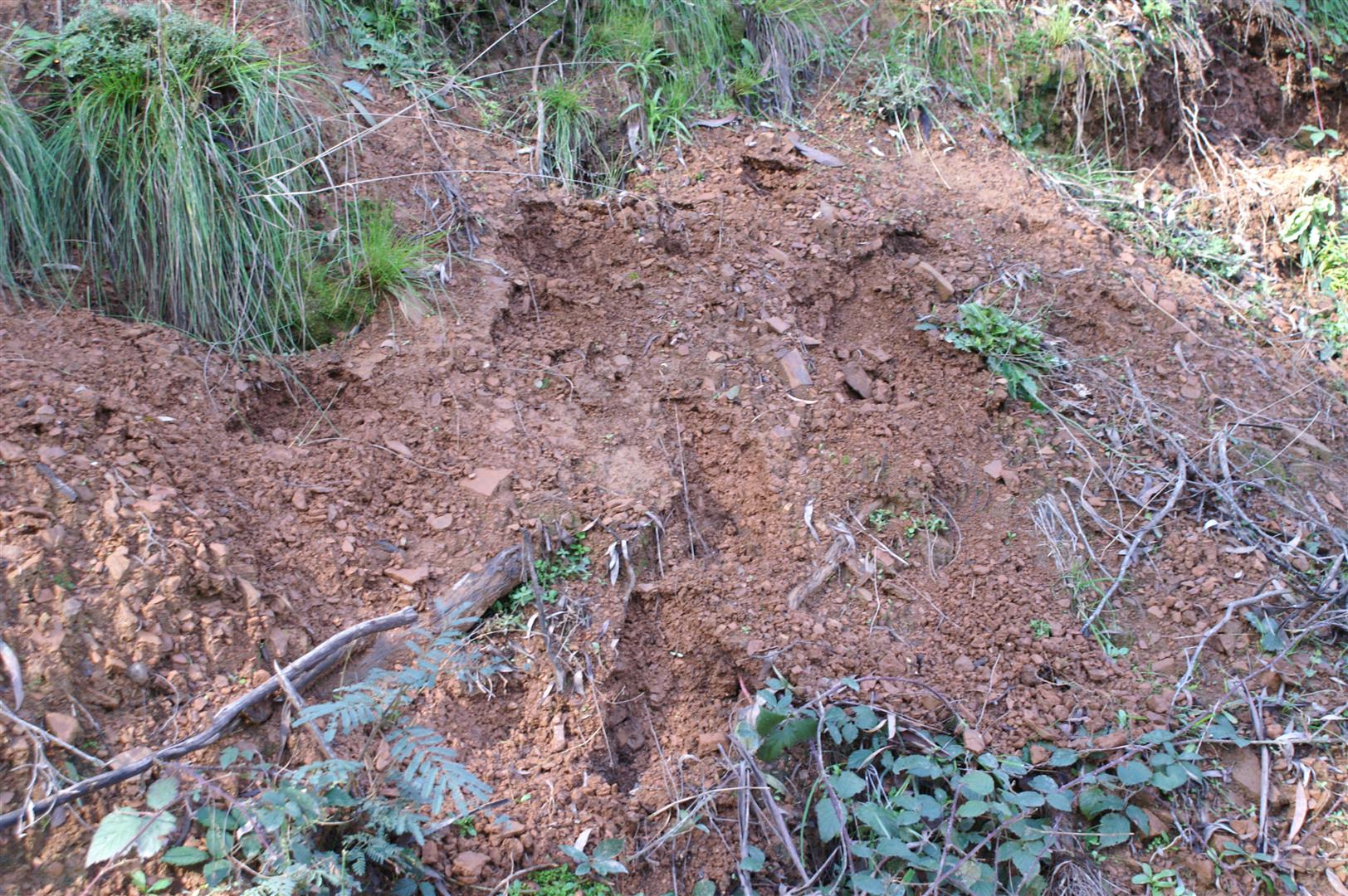
Since the introduction of sambar into Australia they have proved highly adaptive to the forest throughout south eastern Australia. They are established from the coastal woodlands to the alpine heath lands of our high country and this includes a diverse range of habitats from dry open forest to high rainfall areas with seemingly impenetrable bush. It is obvious that the deer and the forest are suited to each other.
The various habitat types and vegetation have proved essential for the deer’s wellbeing with the forest providing both food and shelter. If the hunter can understand the link between the deer and the forest, along with the seasonal variations and how they impact on the deer he or she can apply this knowledge to their hunting and hopefully increase their bag.
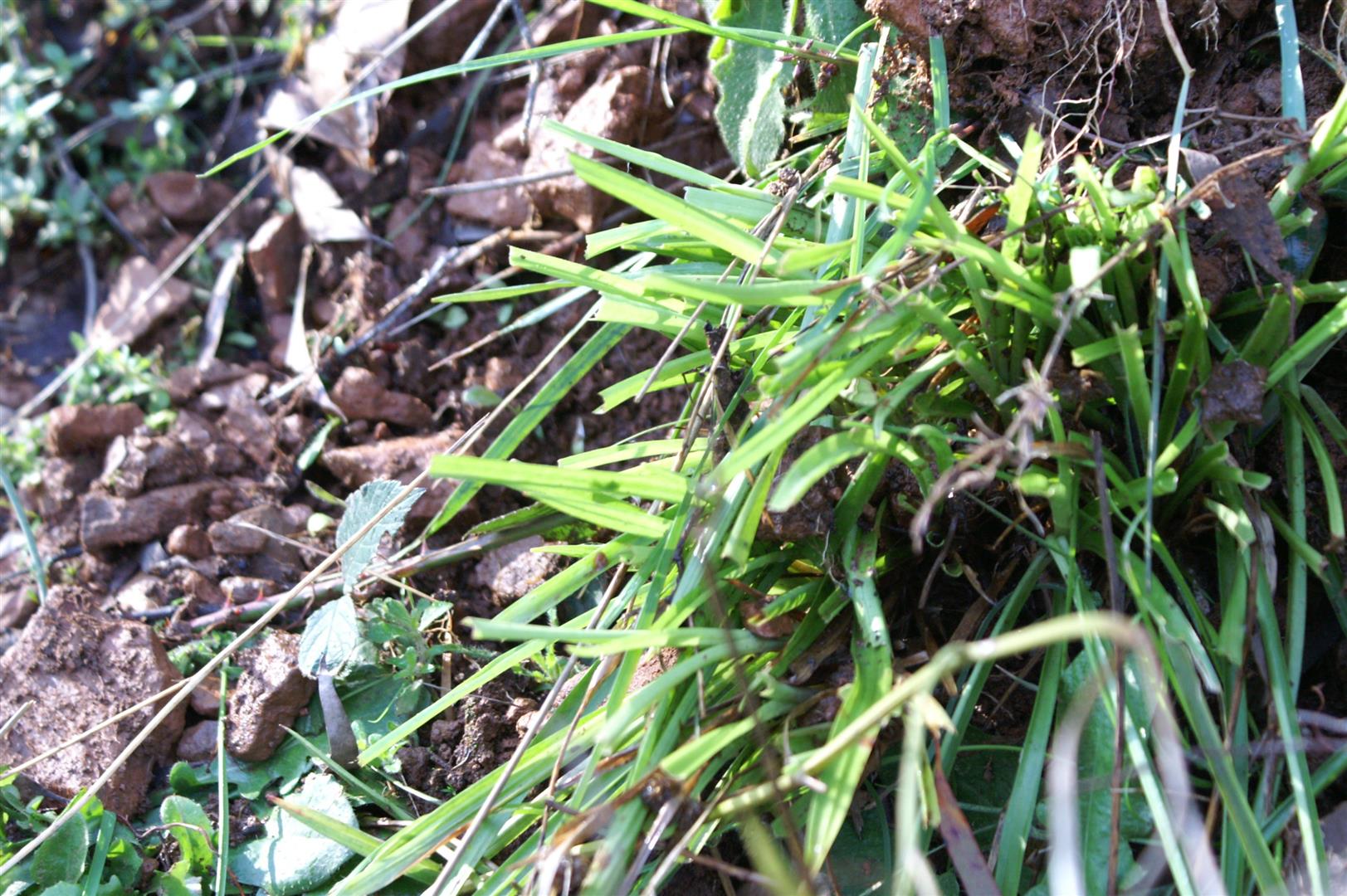
Over the past 30 years there have been some remarkable changes within the sambar hunting community. Thirty years ago most, if not all deer hunter would tell you that sambar deer were browsing animals the fed heavily on blackberries and bush such as blackwood and hazle. Some knew that they raided crops and orchards. Indeed much hunting took place in fruit and vegetable growing areas close to Melbourne, in areas that are now outer suburbs. Almost no one could tell you about prickly coprosma, banyalla, derwent speedwell, clustered everlasting or the importance of summer grasses. But today in 2010 many hunters can tell you about these plants and the seasonal changes in the diet of sambar deer and recognise there is more to sambar diet than blackberry flats. I believe that the modern Australian sambar hunter has developed a closer understanding of the biology and habits of the deer.
As hunters we can blunder around the bush trusting in blind faith to present a deer or we can apply skill to locate animals. Although I am a strong believer in fate, or a bucket full of luck, there is little anybody can do to influence or control true luck. To shoot a big stag or several over your hunting life you will need some, if not a lot of luck. However to consistently locate and observe undisturbed deer requires skill and a knowledge of their habits. Understanding what deer are feeding on at a given time of the year increases the likely hood of locating animals. It is not important to know the scientific name of plants preferred by deer or for that matter the common names, but it is very useful to be able to recognise those plants important to the deer. The experienced deer hunter can recognise good country simply by looking at it.
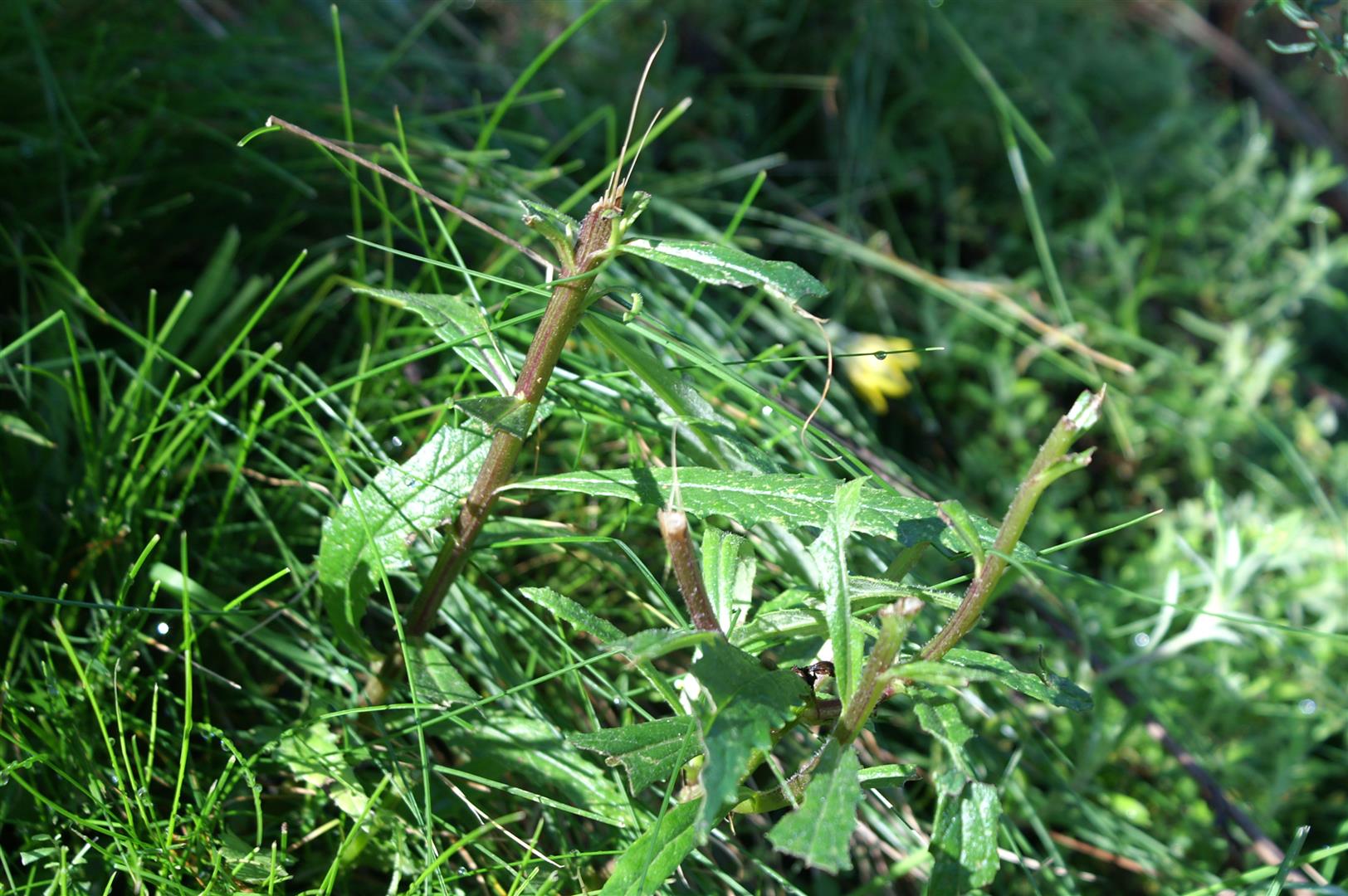
Summer, autumn, winter and spring are the definitive seasons of the year and with each season there will be a gradual shift in the preferred diet of the sambar. Also they will use different vegetation types for thermal cover according to the weather conditions. They will seek shelter from the wind and driving rain and in more settled weather on a frosty morning they will look to the open ridges and faces to catch the warming early morning sun. The stinking hot weather will draw them to the cool gullies and river flats. But most importantly they have to eat.
Deer that feed in daylight or travel to and from feeding areas during the day are very venerable. A deer standing or walking is far easier to see than one lying concealed in its bed. Not only do they afford the stalker a better opportunity when they are up walking around feeding they also leave tracks as they travel to and from feeding areas for the hound hunter to set the hounds on.
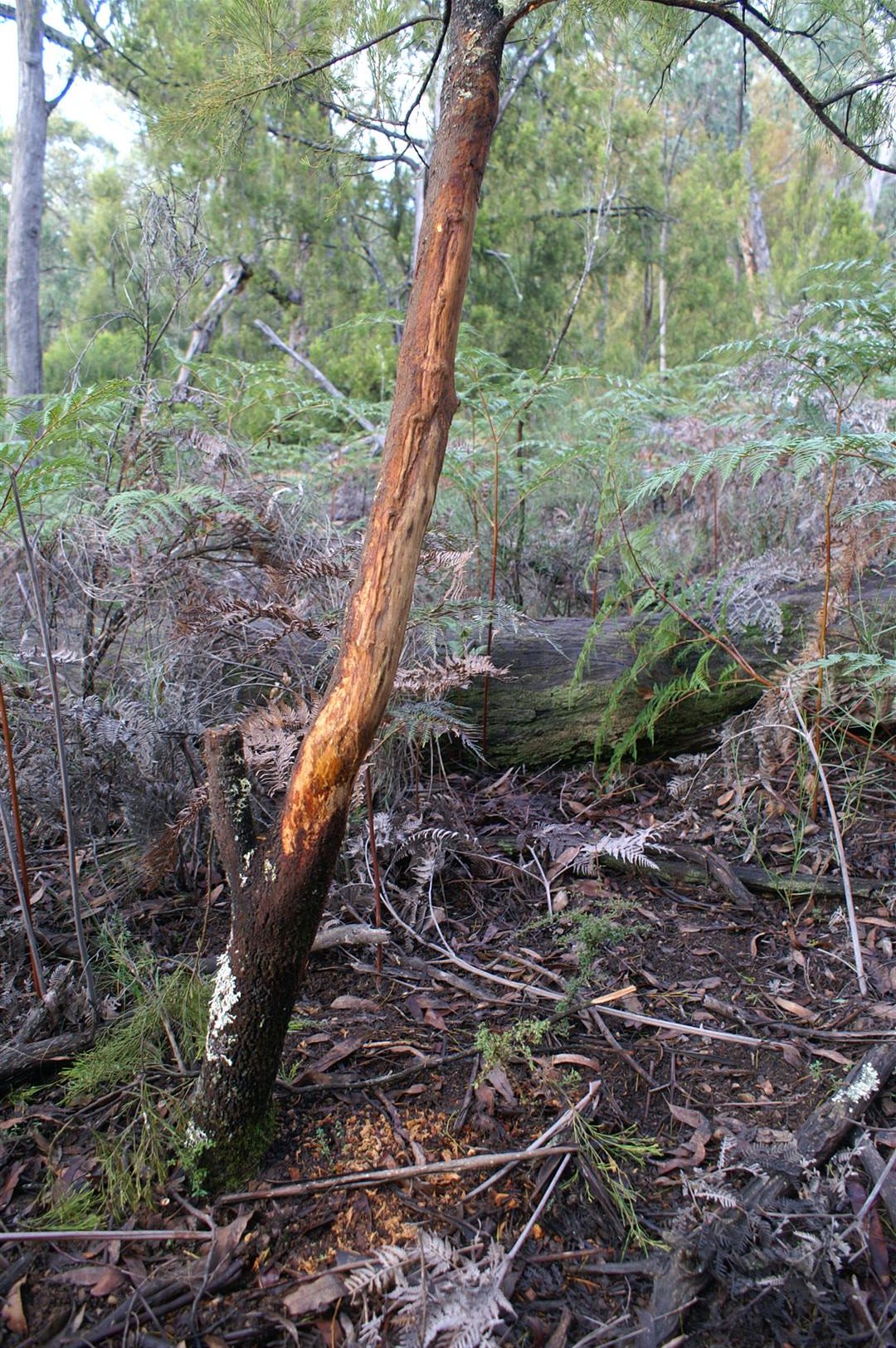
Feeding sambar browse or graze depending on the time of the year and the availability of good tucker. (Browsing is feeding on the leaves, shoots and stems of woody plants such as shrubs and trees. Grazing is feeding on grasses and herbs.) It is the ability to feed on a wide variety of vegetation types that has made sambar so adaptable to our bush. Sambar predominately browse but the best sambar country offers a mix of palatable browse and grazing species where the deer will take the opportunity to graze heavily on the sweet herbs and grasses of spring and summer.
Spring and early summer offer the good times with increased activity and heavy feeding on succulent grasses and new shoots on shrubs. It should be remembered that the higher the elevation the later the arrival of spring and there can be several months difference from the coast to the high country. The coast can be feeling the effect of scorching heat and the high country is still experiencing the morning due and cool nights. But correspondingly winter comes early to the mountains and the good times are short-lived.
When the harshness of summer heat fades the better times of autumn appear but they are closely followed by the bleakness of winter when the deer shift from the autumn grasses and shoots to the hard tucker of winter. Winter finds the deer concentrating on browsing on a staple diet of shrubs and woody plants. There is no doubt about it, winter = hard times.
The following are some examples of seasonal food preferences. It is not a comprehensive list but just simple examples to demonstrate the shift in diet. I could give you a more comprehensive list but you will do fare better to observe and build your knowledge as opposed to reading. (As a young hunter, I was once told; “You read too much, get out and do it.” Harsh words but true.
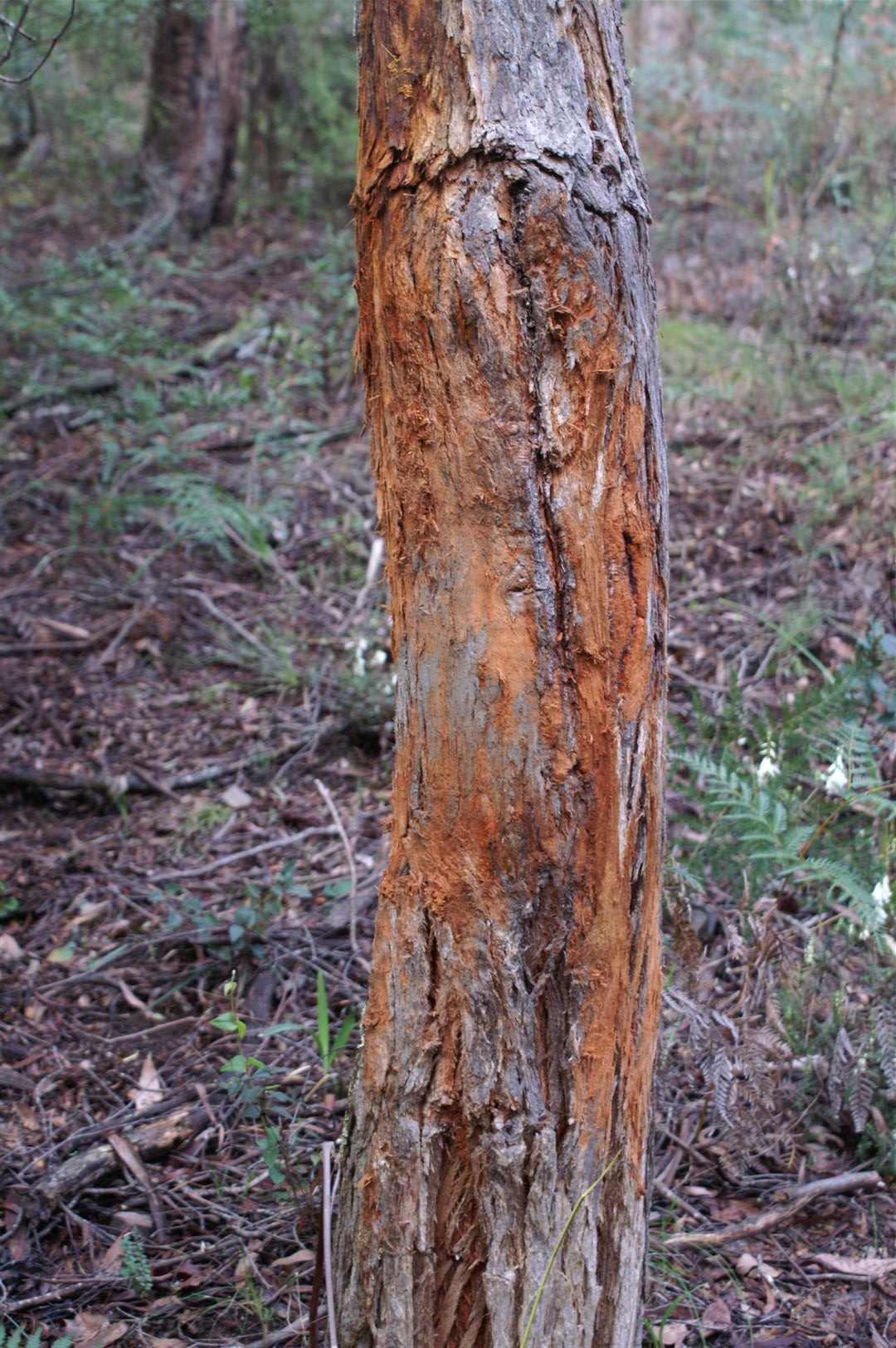
Some examples:
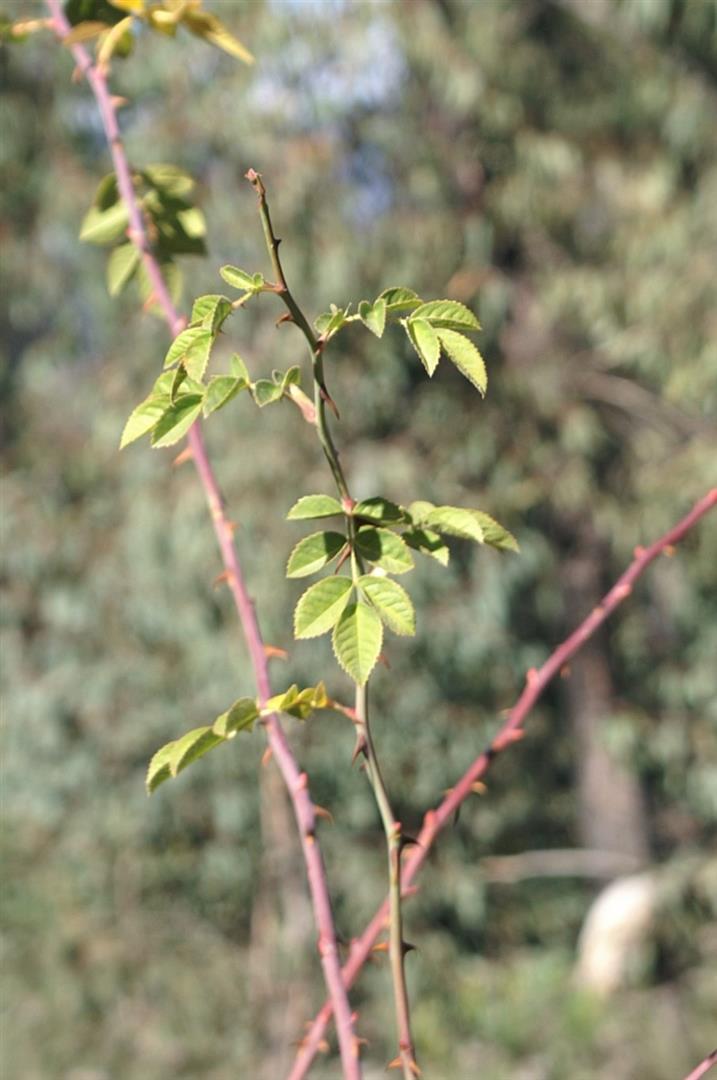
Spring and Summer
Heavy feeding on new succulent grasses, blue stars, derwent speedwell, prickly coprosma.
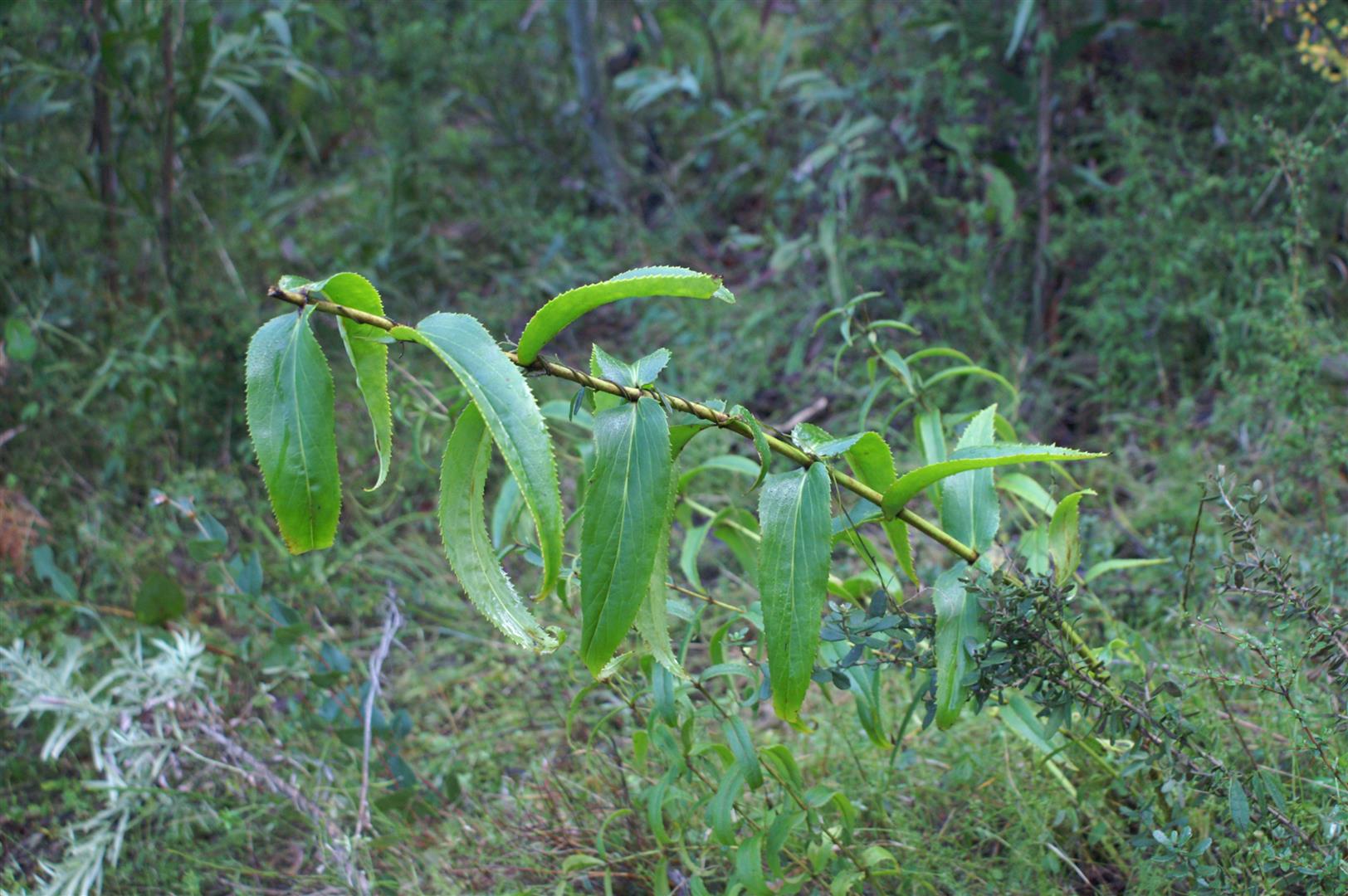

Autumn
Banyalla, prickly coprosma, blackwood, clematis, various grasses, scrub nettle.
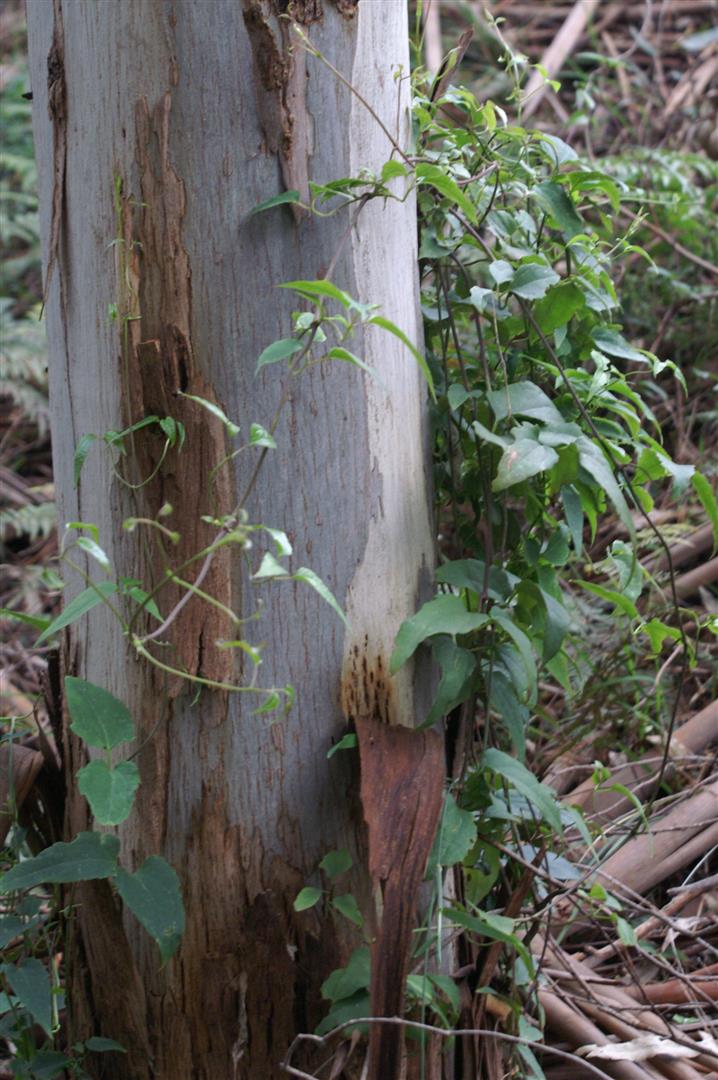
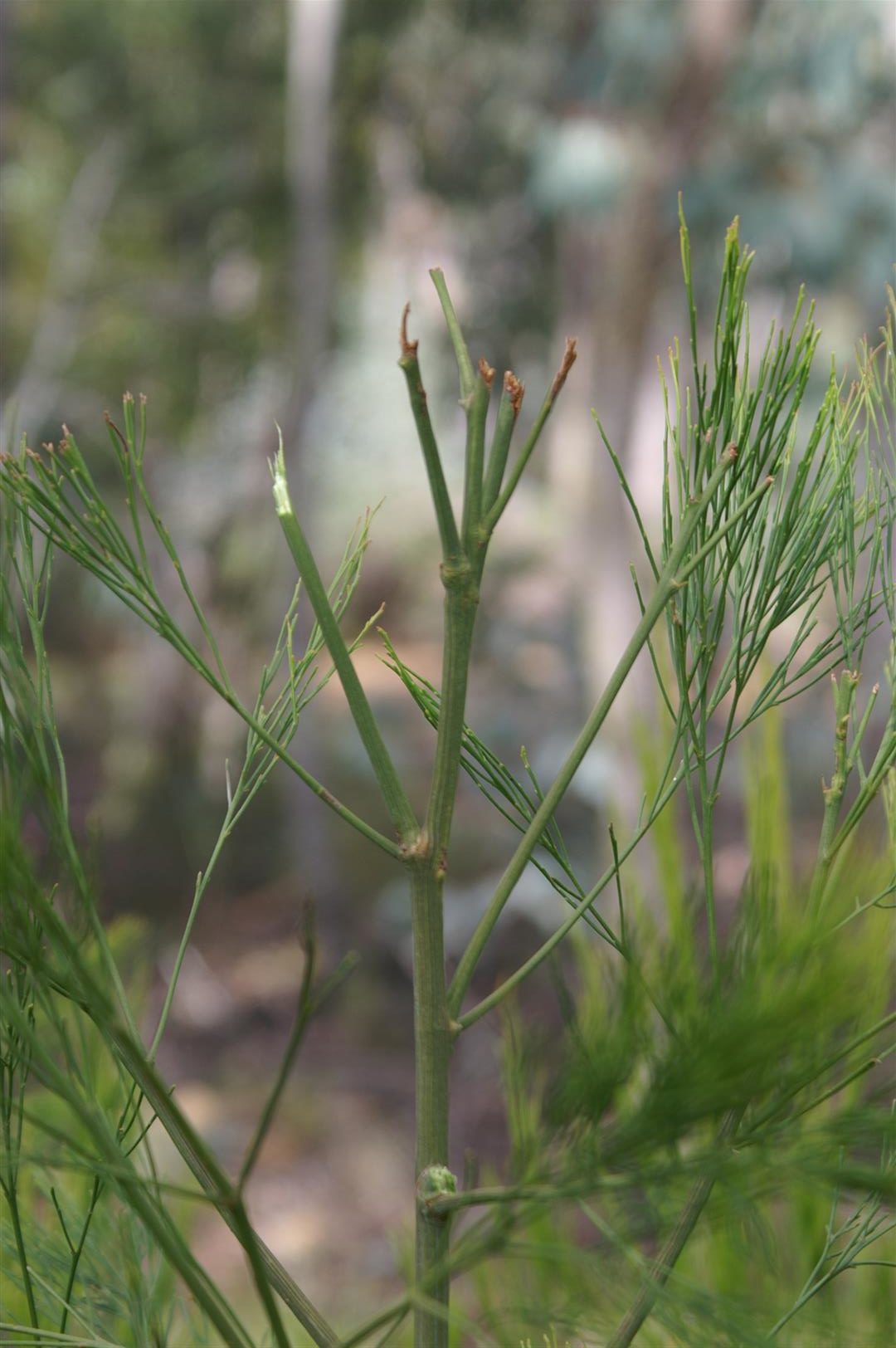
Winter
Tree everlasting (dogwood), banyalla, prickly coprosma, rough coprosma, blackwood, clematis, clustered everlasting.
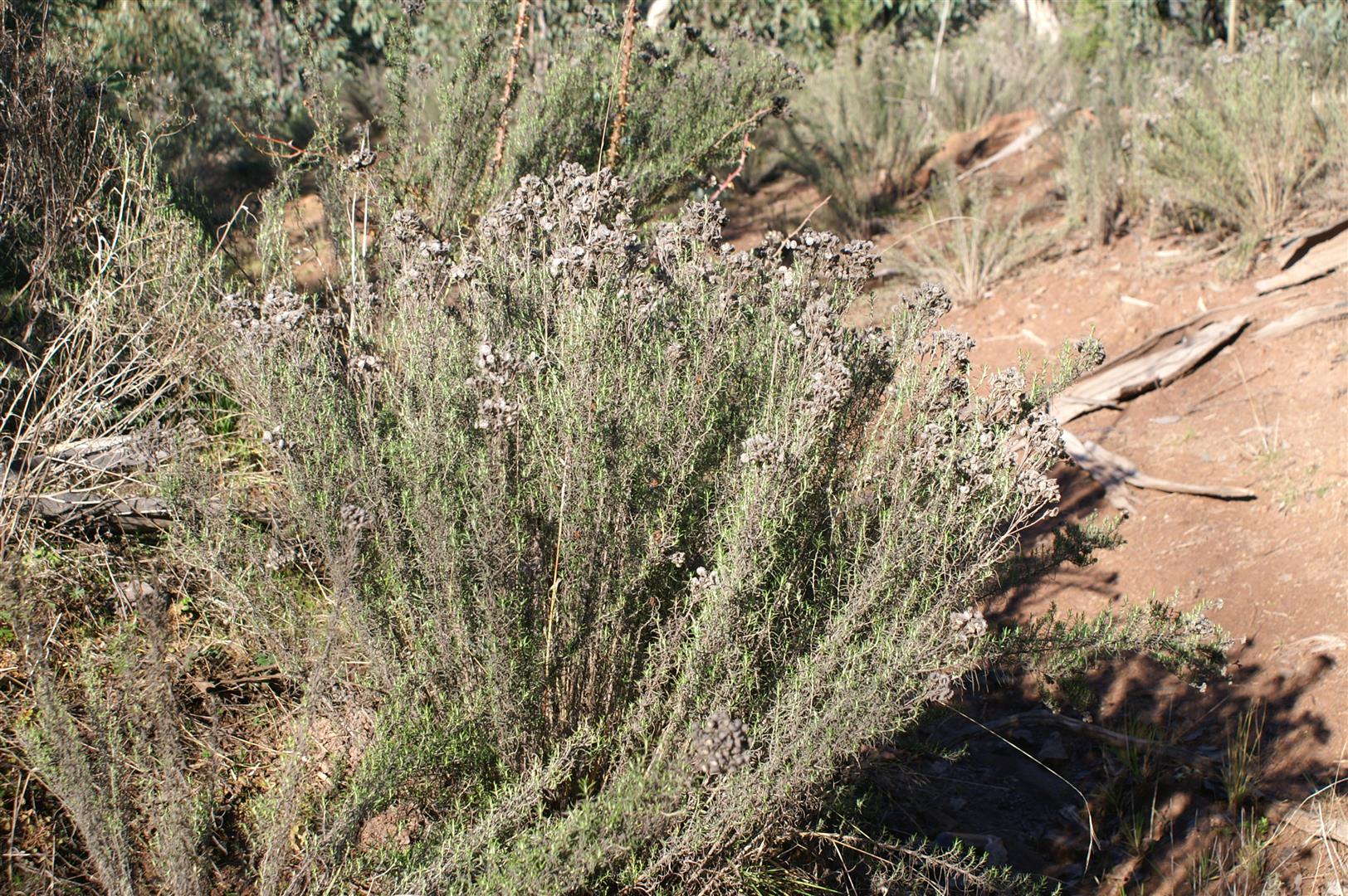
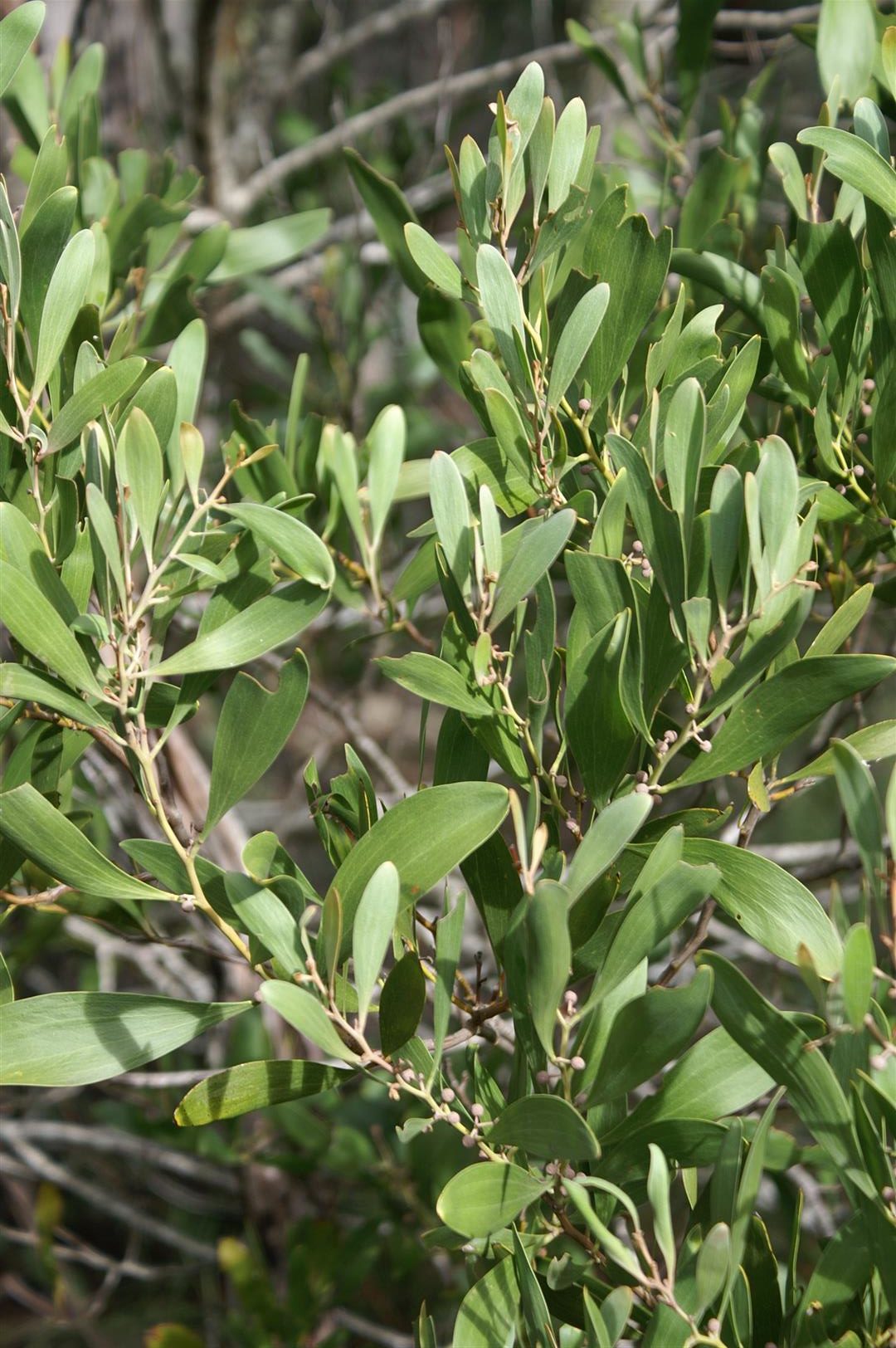
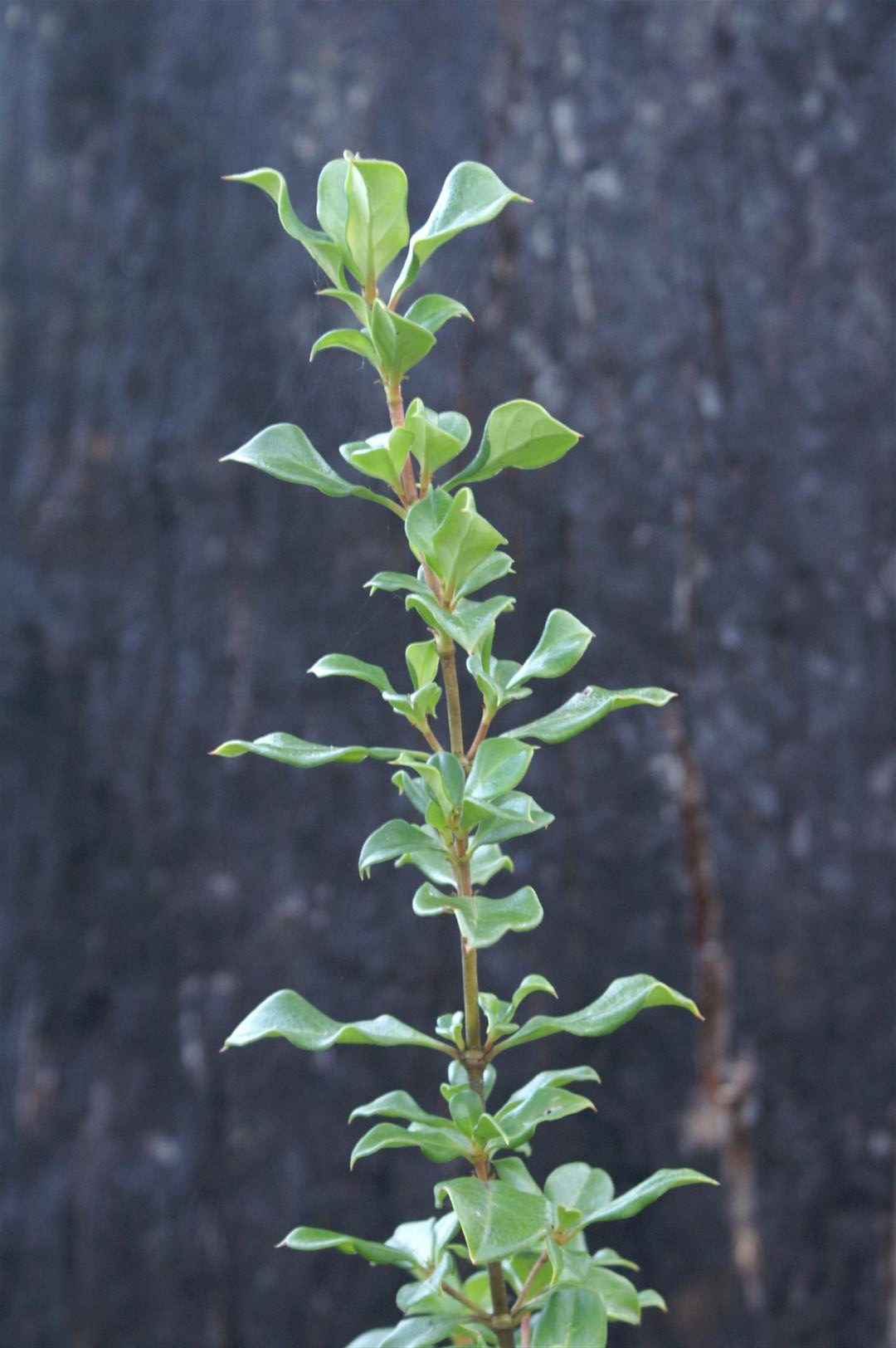
Recognising deer browse sign is a skill the hunter would be well advised to develop. Because a plant shows signs of being eaten it is not by itself evidence that it was deer due to the fact that many native animals also graze and browse plants. Wallaby, kangaroo, wombat and possums also eat plants along with livestock. But deer leave obvious sign in the form of tracks, simply if there are no deer tracks it is not deer. When a sambar walks the length of its stride is about the same as a human, as it approaches a plant to feed the stride will become broken and the tracks on the ground will be shuffled. The pattern of tracks on the ground is a clear indicator that the deer may be feeding and I have often had to search very hard to find the missing stem or plant bud to link the deer to the plant. It should be noted that people often wrongly attribute browse sign to deer.
It is simple to determine if the browse sign is fresh. Use your thumb and for finger to nip off a similar portion and then visually compare the original to your test piece. Careful inspection of the end of the break should look the same as that left by the deer if it is fresh. A similar technique can be applied to tell if a rub is fresh by scraping a bit of the bark or wood away. Tracks can also be aged by scraping the ground or digging your heal or boot toe in and comparing. (Experienced hunters should be able to tell at a glance but these are good tricks for new hunters.)
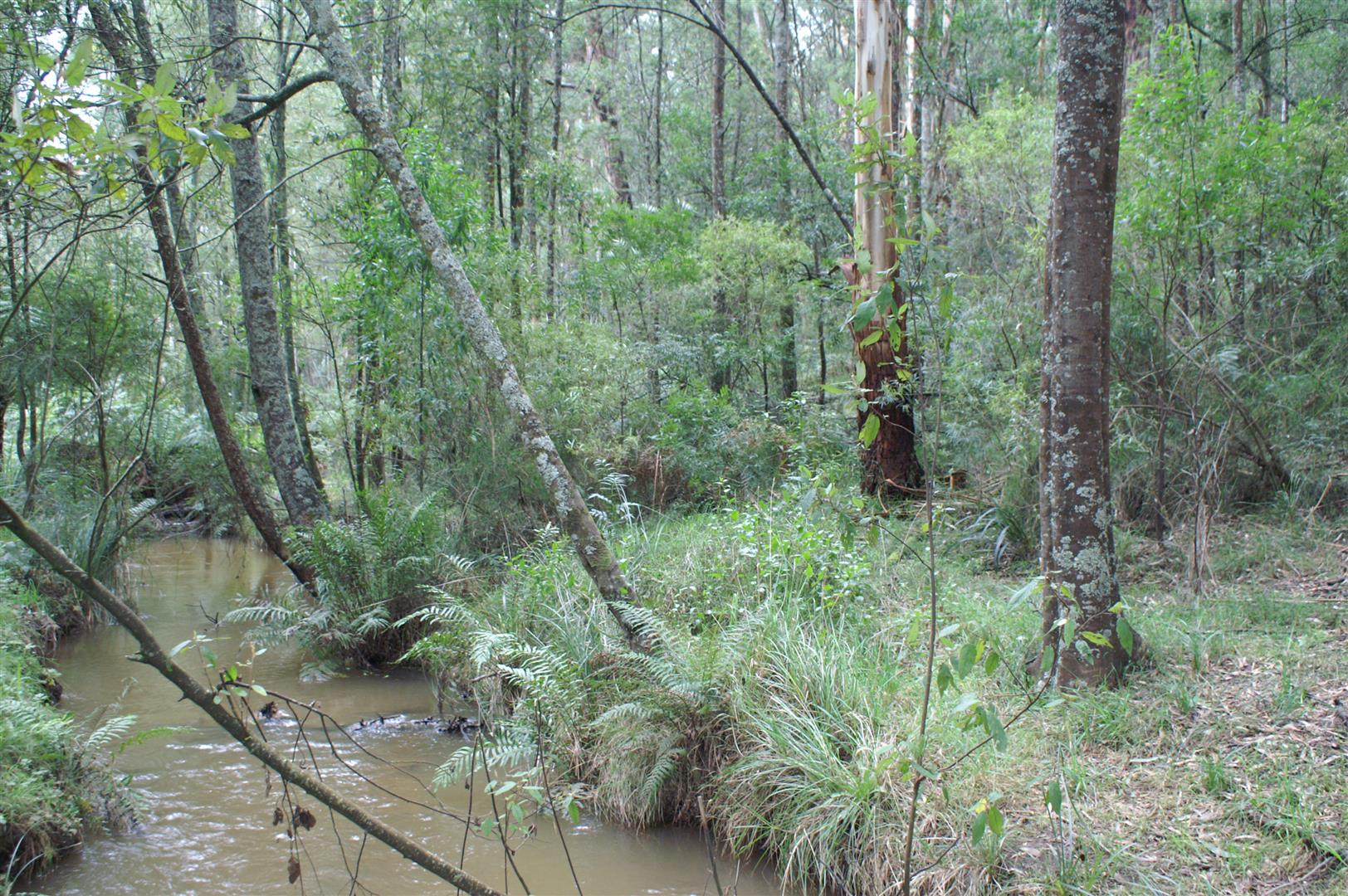
It is a characteristic of sambar to distribute their browsing over a number of plants instead of feeding heavily on individual plants. An excess of 8 stems or portions taken from a single plant is considered heavy feeding for sambar. Individual plants are seldom browsed to this extent and the deer usually select small portions and move on to other plants.
Sambar sometimes feed predominately on one species and this is called selective feeding. When this occurs sambar will feed very heavily on individual plants. Selective feeding often coincides with seasonal changes with fresh new shoots developing in spring and autumn. One of my study areas had wild roses that were dormant for most of the year but with the coming of spring sambar started to feed on the new shoots, they were also drawn to the roses when they bloomed to eat the flowers. When the flowers finished and the fruit developed the sambar was again drawn to the roses. This cycle ran from October through to January. Some shrubs like prickly coprosma and banyalla are utilised throughout the year. Blackwood were attractive in August when the deer were drawn to eat the leaf fall. (Blackwoods are an evergreen tree that sheds a high percentage of leaves in August.) By recognising seasonal shifts the knowing hunter can use his or her knowledge to their advantage.
It is not only the four seasons that have an impact. One activity above all others has a impact on the sambar, timber harvesting is common in much of our deer country and the aftermath of logging activities stimulates a flush of new succulent growth that is often eagerly sought out by deer. Usually the number of deer in the area will increase, however if the regrowth is not managed there will be, at about 5 years after logging, a decline in the suitability of the area and it may become less suitable to deer than before it was logged. Fire, like logging will bring on a flush of nutritious and palatable plants but unfortunately large intense wildfires can result in a mono aged forest that if left unmanaged can have little variation and be less suitable for deer. (However, small pockets of suitable habitat will still remain.) These changes brought about by logging and fire offer an opportunity for the hunter to capitalise on the increased number of deer drawn to an area. But be aware that the deer will seem to disappear over time as the habitat becomes less suitable, however they will have moved to a more suitable area.
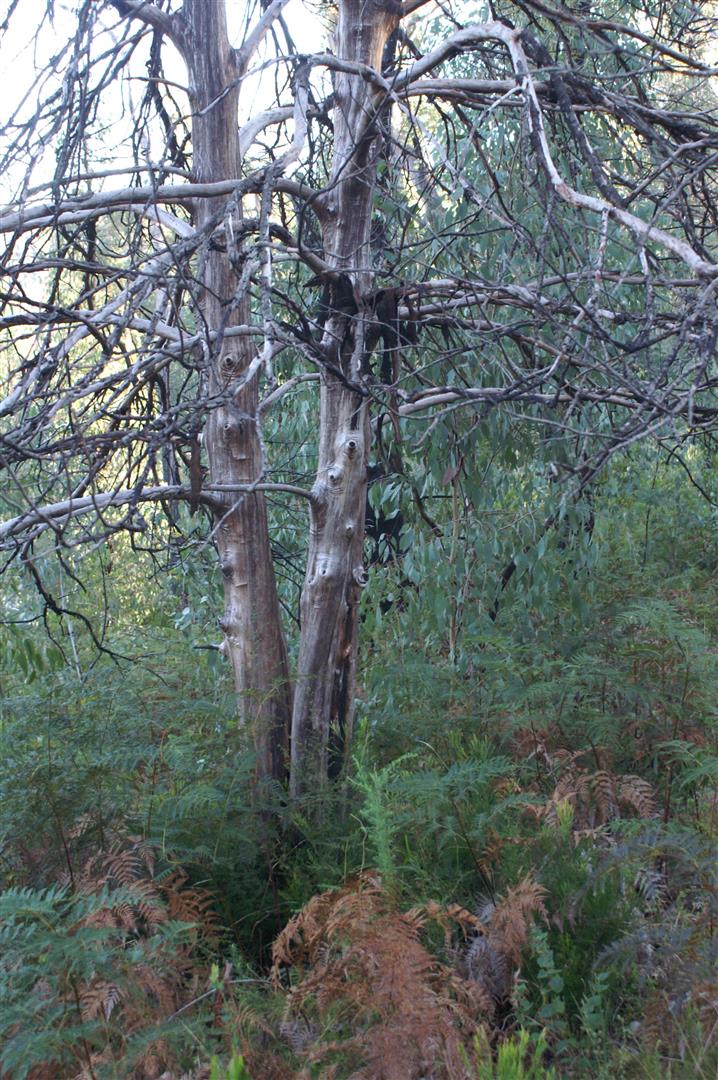
Seasons and forest activities like logging and fuel reduction burns are not the only influences on quality feed. Soil fertility and rainfall are also important factors. Fertile river flats and gullies have abundant and lush growth that will draw deer to succulent feed. A deer’s life cycle throughout the year places different demands on the level and quality of food required. In order for a stag to grow good quality antlers he requires quality food to supply the required minerals and nutrients. With hinds, pregnancy and the production of milk for her calf requires additional food and water to cope with the increased nutritional demands. The quality and abundance of food contributes to the quality of trophies by allowing stags to achieve their true potential and the reproductive and survival rate of the deer is also maximised. Lush and abundant growth = deer. It is that simple until we introduce hunters, because effective hunting will reduce the abundance of animals, so this should always be taken into account, especially when the harvest rate is high. This is why easily accessible river flats don’t have a lot of deer, they get hammered. So it is not enough to recognise quality food we also have to take into account other factors such as accessibility of country. The Melbourne water catchment over population of deer was due to abundant feed and no hunting! Every incident of overpopulation of deer is linked to either; no hunting, poor hunter access and a lack of management.
The fringe benefit in doing the field work and identifying sambar food plants was that it flowed over into my hunting. The following incident is a good example. “Stop here Garry, there’ll be a deer tracking down the side of the hill.” I think he thought I was mad, especially as he knew I was in country unfamiliar to me. Now Garry was, and is, a very experienced and successful sambar hunter and he was intrigued by my confidence that we would find some sign. Actually I think he thought I was pulling his leg, but I wasn’t. I had noticed a patch of Pittosporum bicolour.
Pittosporum bicolour or banyalla is a shrub or small tree of about 3-10 metres that is found in mountain forest gullies of Eastern Victoria and Southern N.S.W.’s It is a favoured found plant browsed by sambar deer and probably other herbivores.
Fact 1. Sambar love banyalla
Fact 2. In sambar country sambar sign will be found at banyalla trees. The sign may not be fresh but it will be present! (Now I know that is a big statement and that someone somewhere may try to prove me wrong and I may have to go to my fallback position and say it’s only true 99.9% of the time.) Banyalla is an indicator plant.
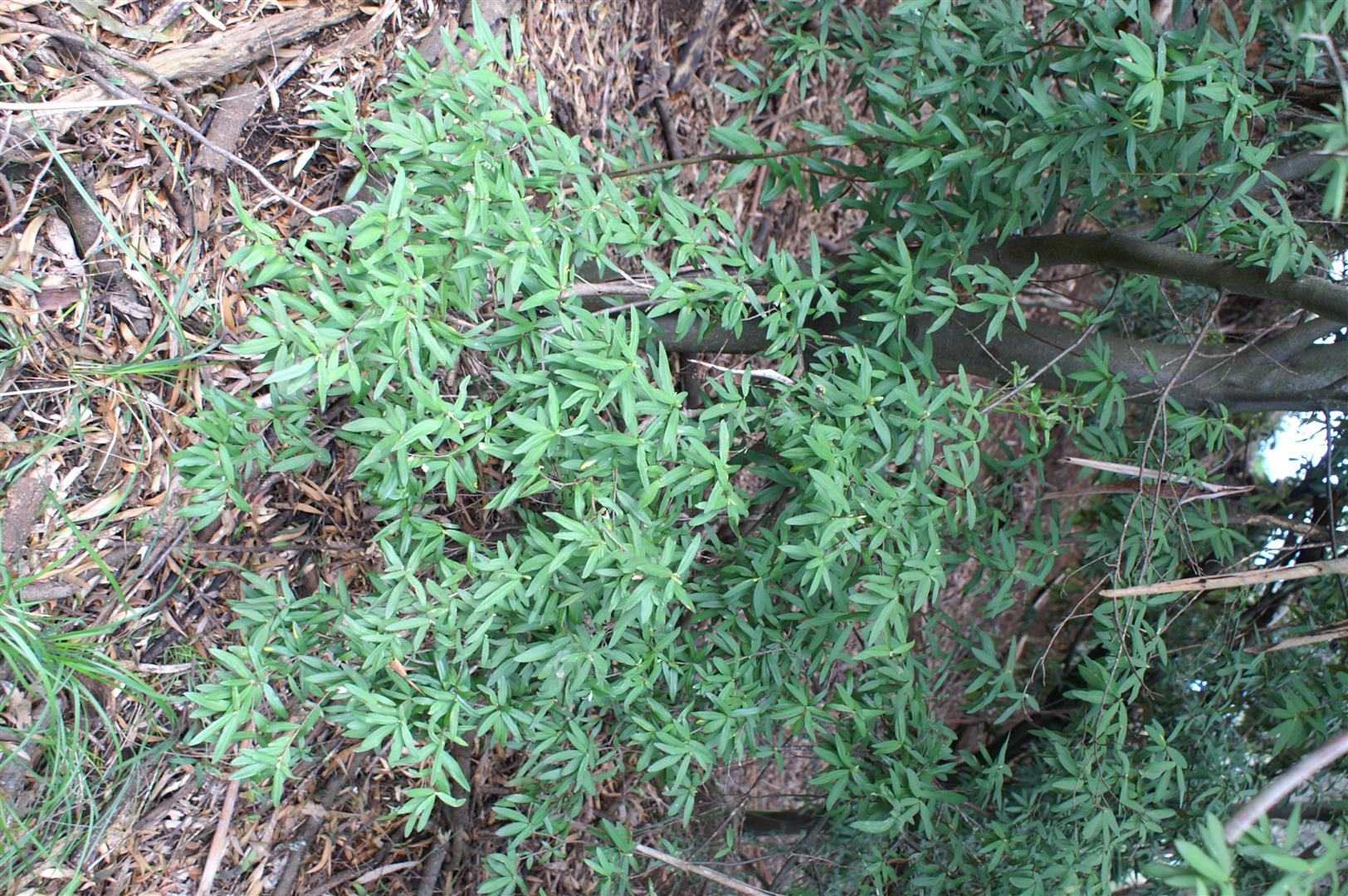
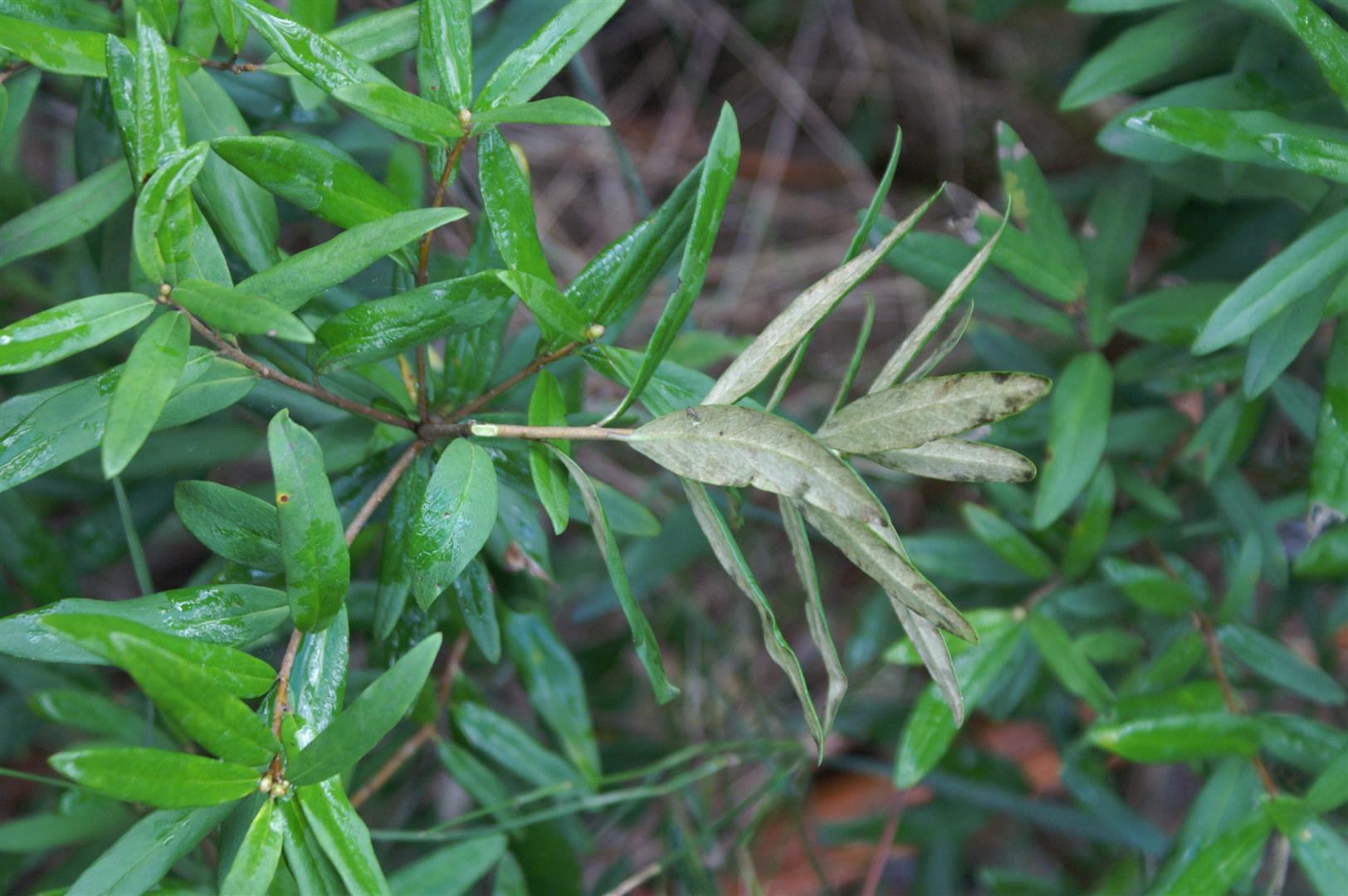
On the day I was with Garry we found deer sign but it was not fresh enough to let hounds loose on. But the fact was that after several years of studying, recording and sampling sambar feeding sign I was able to apply my knowledge directly to a hunting situation. The banyalla I lead Garry down to serves as a good example of how recognising a plant or plant community can lead a hunter to the presence of a deer. Other plants like prickly coprosma, rough coprosma and cherry trees are always worth a look. In fact, if you understand what and when they eat it, plant communities at the right time of the year are worth checking out. But first we must build our knowledge through observing, recording and identifying otherwise we will not know the difference between prickly coprosma and rough coprosma nor will we understand the importance of cherry trees to stags. Apart from scientific based text books, the only and best reference to identify plants is the excellent book by Leon Costermans, ‘Native Trees & Shrubs of SE Australia.’ (Thoroughly recommended.) Available through the book order section in this magazine.